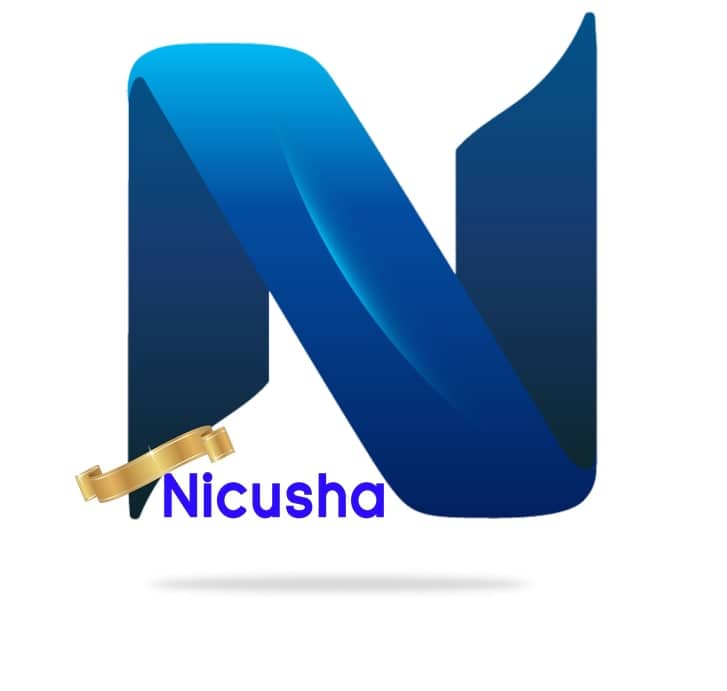Artists and AI
In the beginning, when AI started creating art that looked as good as what professional artists make, it stirred up a bunch of feelings for me and many other artists. Moving through the psychological stages of denial, anger, bargaining, depression, and ultimately acceptance, I realized that, whether we like it or not, progress is unstoppable, and artificial intelligence is destined to become an integral part of our near future.



As artists, designers, architects, and game developers, we must cultivate an early friendship with AI and learn how to integrate it into our creative processes. Personally, I hold reservations about using entirely AI-generated images. However, I believe in leveraging AI for generating ideas and visualizing the creative process.
In this article, let’s explore how artists across various fields can harness the power of artificial intelligence to enhance their work.
1. Idea Generation:
AI algorithms can be powerful allies in sparking fresh ideas. By inputting certain parameters, artists can prompt AI to generate diverse concepts, helping break through creative blocks and inspiring new directions for their projects.
2. Visual Exploration:
Imagine using AI to visualize different artistic styles or perspectives. Artists can experiment with AI tools to explore alternative visual possibilities for their work, enriching the creative process and broadening the range of expressions.
3. Collaboration with AI:
Rather than viewing AI as a competitor, artists can embrace collaboration. Integrating AI into the creative workflow can lead to innovative and unexpected outcomes. For instance, AI algorithms can analyze patterns and preferences from an artist’s body of work, suggesting ideas that align with the artist’s unique style.
4. Enhanced Design and Architecture:
Architects and designers can benefit from AI’s ability to process vast amounts of data and simulate complex scenarios. AI can assist in optimizing designs for functionality, sustainability, and aesthetics, offering valuable insights that complement the human touch.
5. Game Development and AI Interaction:
Game developers can delve into the world of AI for dynamic storytelling and adaptive gaming experiences. AI-driven characters can evolve based on player interactions, creating immersive and personalized gaming adventures.
In conclusion, I use AI to develop games, like testing different ideas. Working with AI helps me save time and evaluate the feasibility of my concepts, such as checking color harmony in my projects. In future articles, I’ll share my work and the programs I use.









